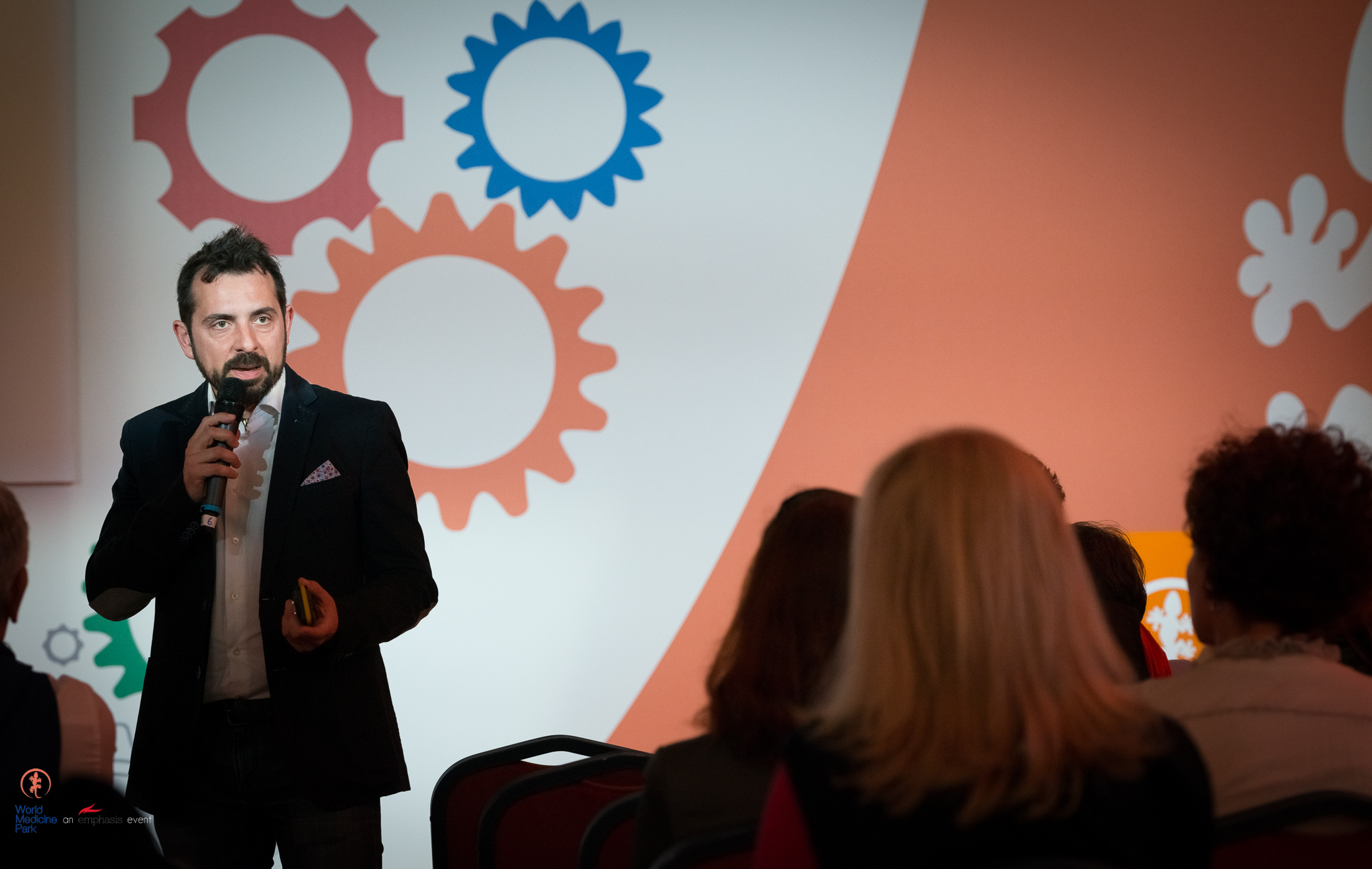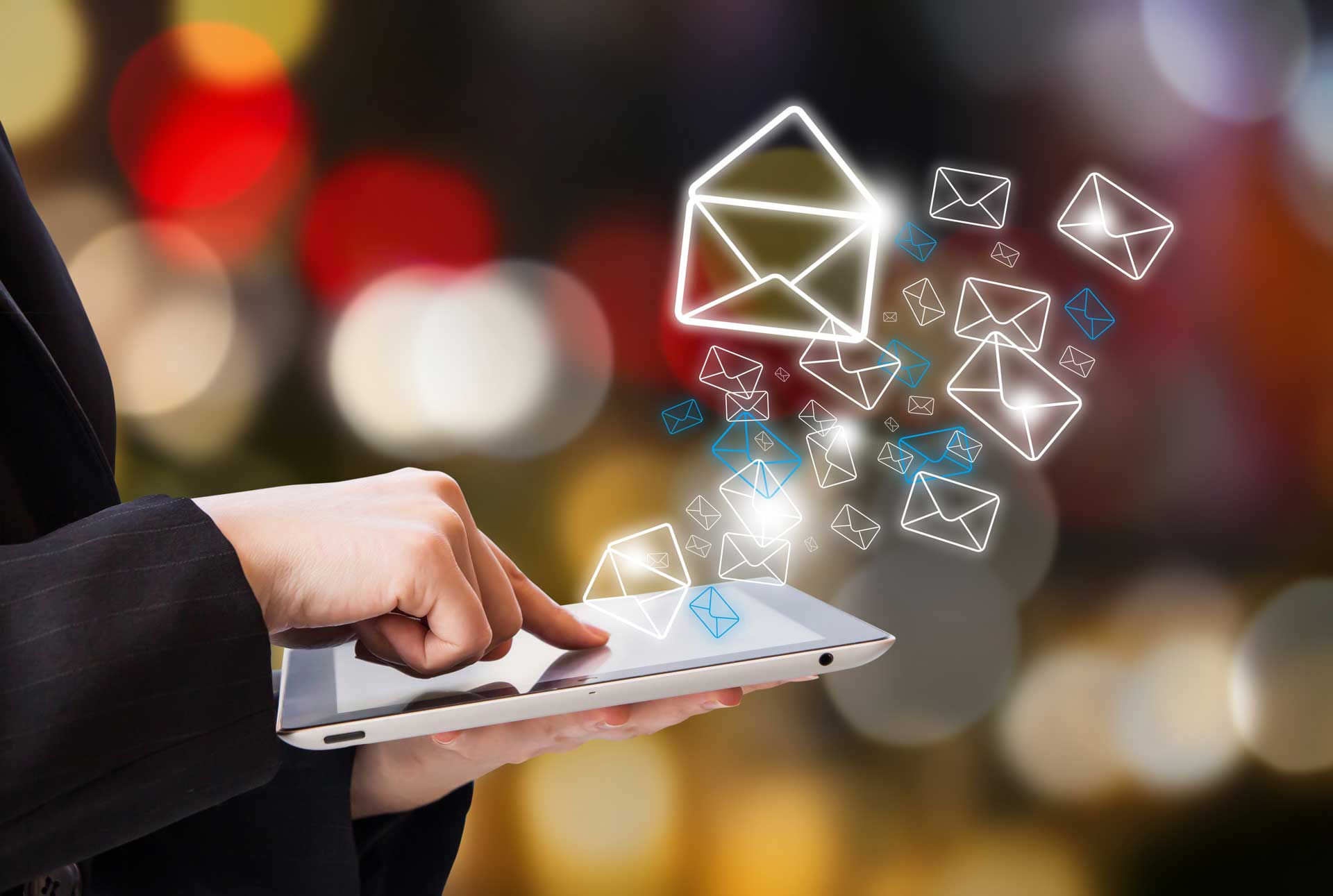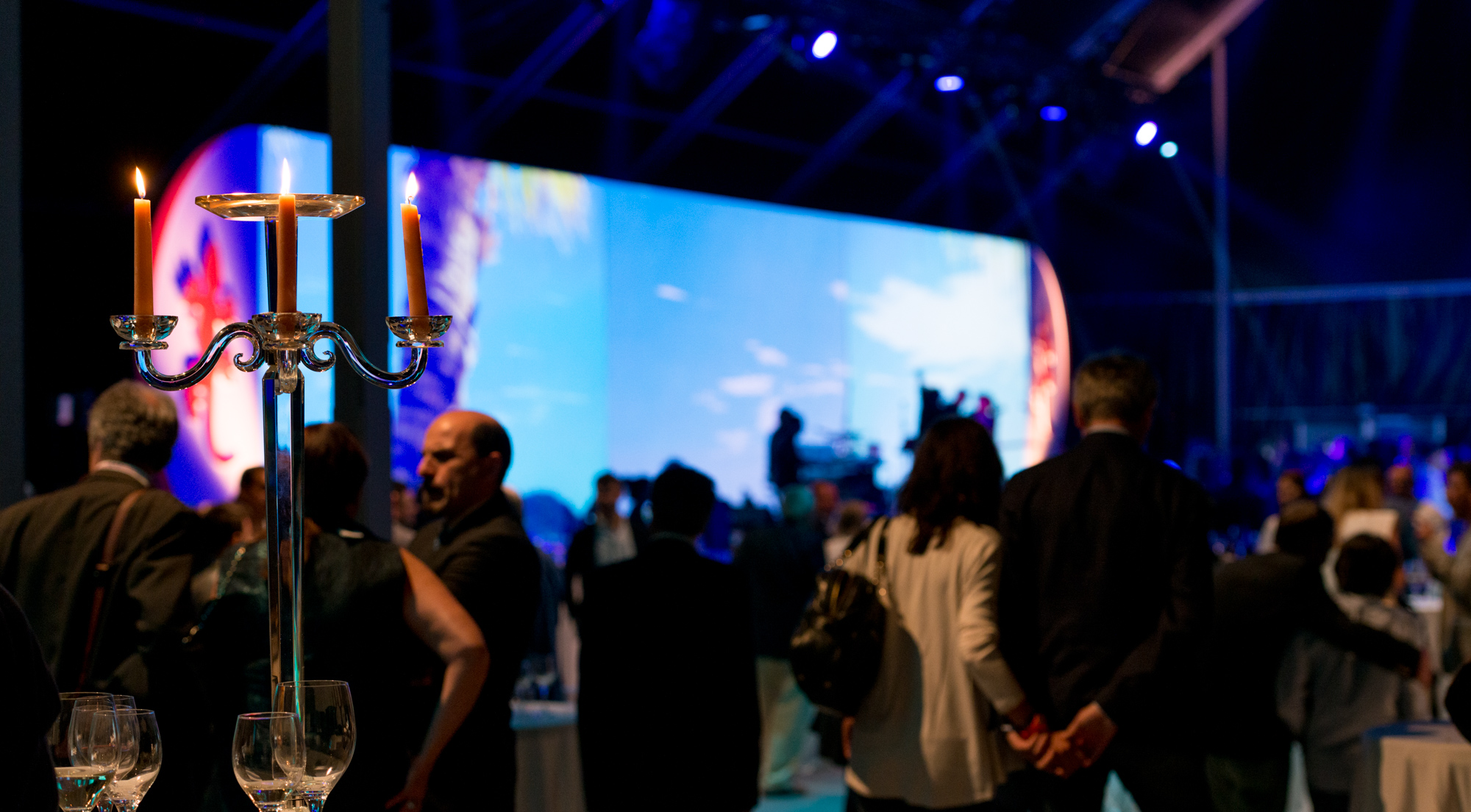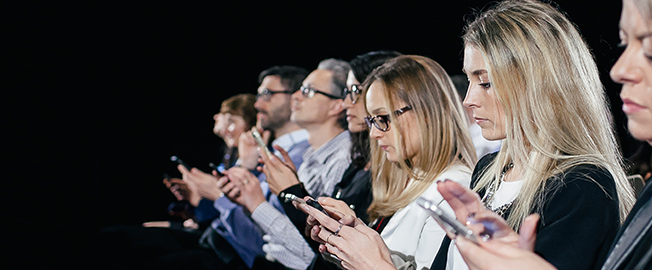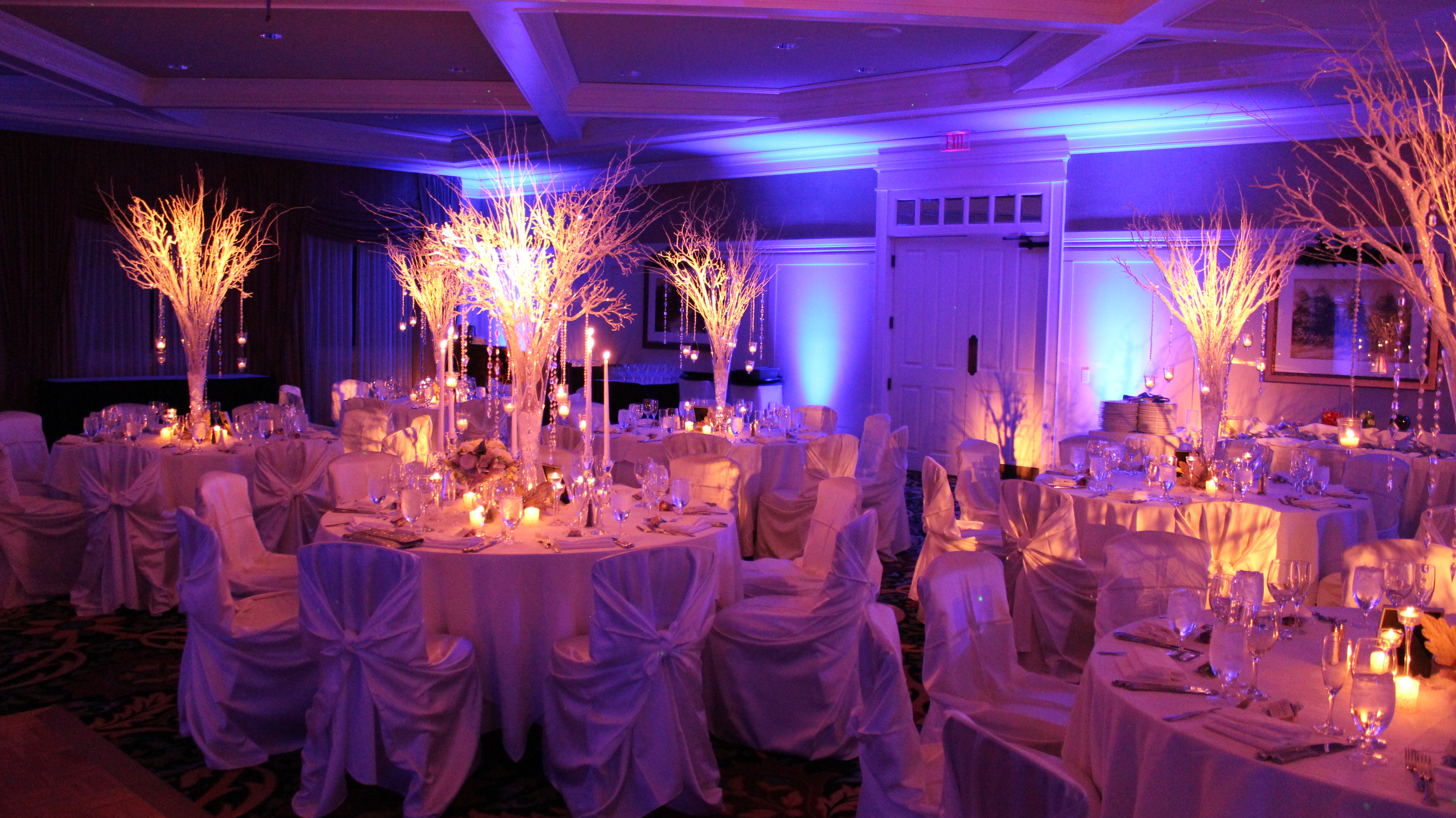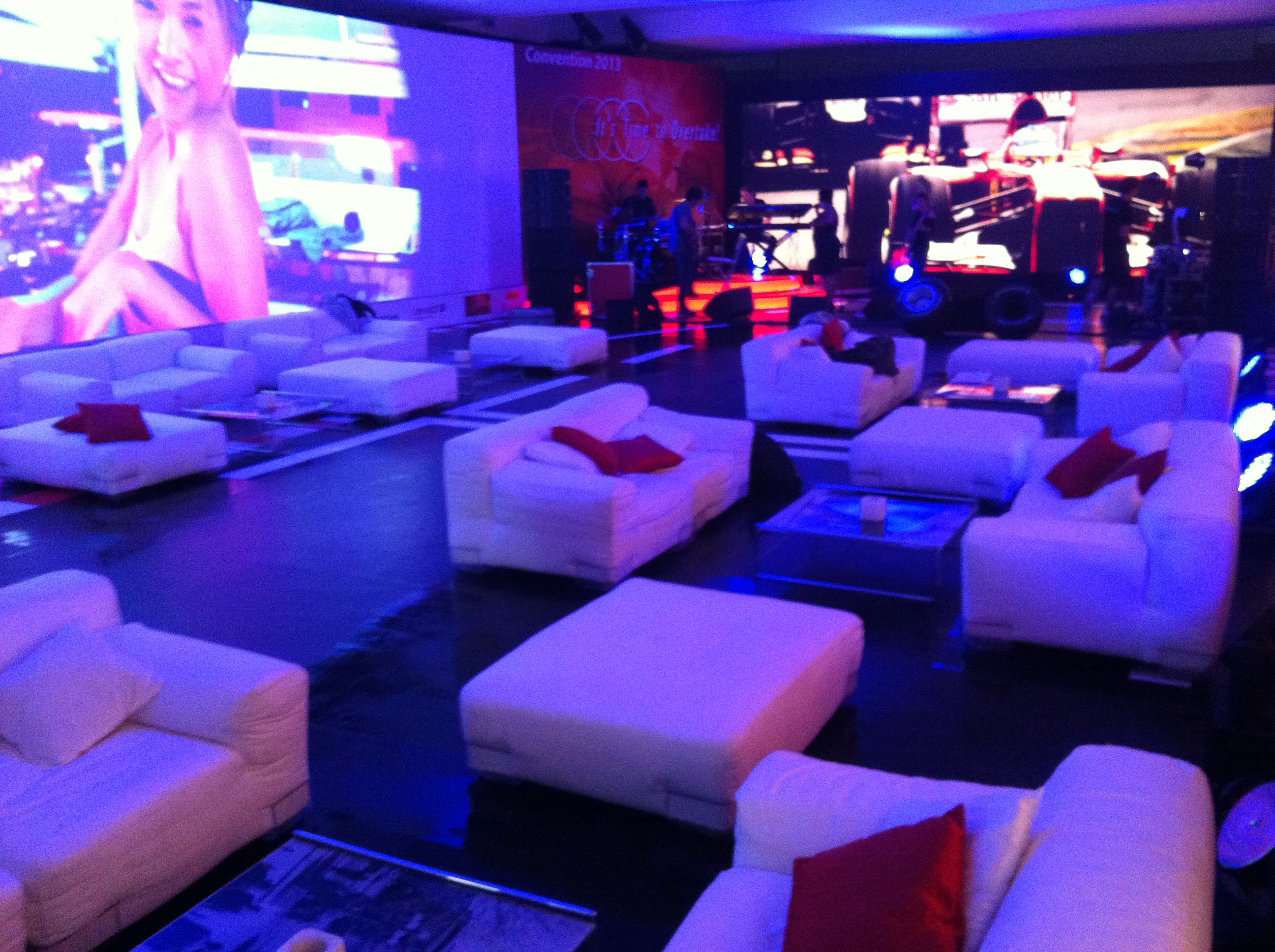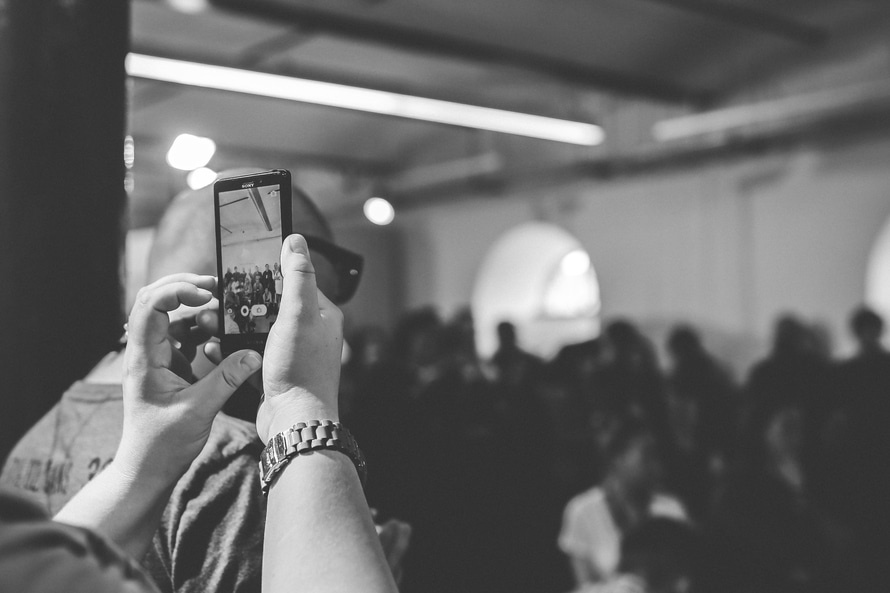Whether you’re unveiling the first round of logos to your clients, walking through a data analysis with your grant funder, or even aggrandizing your work experience on that crucial face-to-face job interview, coming across as confident, prepared, and engaging is just as important as the words coming out of your mouth. So how do you do that?
“Just imagine everyone in their underwear.”
No, don’t. That’s a joke, and a bad one at that. Instead, here there are some tips and tricks on how to be a good speaker, wherever you go:
Show Up
This one seems easy. You just have to get there, wherever there is: the conference room, convention stage, classroom, etc. Always be at least 15 minutes early. This gives you time to find a mirror, check yourself out for a minute (or two, or three) and run through your presentation. Preparation is 90% of the battle with public speaking.
You also have to be mentally present. Be focused and relaxed. Breathe and focus on that exact moment. Use eye contact to check in with each audience member. Breathe…1…2…make eye contact…breathe…1…2…make eye contact. Keep that rhythm up and you’ll get through your slides in no time.
Be Creative
You can’t just take your notes and put them verbatim onto a slide to project onto a screen. Nobody wants to hear you read off the screen what he or she can just as well read along with you. Craft compelling infographics, charts, and PowerPoint presentations that can be used to spice up any presentation. Use more picture and graphics than text, and always properly credit your sources.
Get To Know Your Audience
Not every presentation should be a two-way street, but when appropriate, ask questions to your audience. Make eye contact, single someone out, and have him or her answer a semi-rhetorical question to spring you into your next point. Breaking that presenter/audience barrier, even for a moment, keeps the energy up in the room and at the very least, forces everyone to pay attention to you lest you catch them off-guard and call them out in front of the rest of the group.
Be Ready For Anything
Because anything could happen—a presenter gets sick and you’re the next one up, or an impromptu donor pitch materializes in a seminar or networking event, and sometimes you’re tasked with putting on a show with little to no warning. This is where you really have to rely on being clear, concise, and confident.
As you begin, take a deep breath, set your intention, clear your head, and trust yourself. You should still have some knowledge of the subject matter. Probably not as much as you’d like, but that’s why you focus on the most salient points, and drive them home clearly. Other things to remember: eye contact, smile, and speak loud and clear.
Know What You Don’t Know
Respond to any hard question by first identifying two solid points that you’ve already made, and then riff on a possible answer. No matter your circumstance, remember that to a degree, the information sells itself. Your job is to make the audience receptive to hearing it.
It’s certainly possible that you’ll have to field a question that you can’t answer, and that’s okay. An honest “I don’t know” is always better than a waffling, circuitous, non-answer. People see right through that.
Here are some go-tos when you are caught off-guard at a client presentation:
- “I can’t speak directly to that right now, but I’m happy to follow up with you.”
- “That’s a really good question. Let me discuss it with my team and get back to you.”
- “I’d want to do a little research before speaking to that. Let me dig into my resources at the office and I’ll follow up with you directly.”
No matter the circumstances, prepared or not, the main thing that will help you present like a pro is to believe what you’re saying. No matter how many times you forget your place, get interrupted, or have to deal with technical snafus, leading with your heart as well as your mind will make you come across as genuine and honest.
Find your connection to whatever it is you’re talking about, remember to breathe, and trust yourself. You’re gonna do great!

